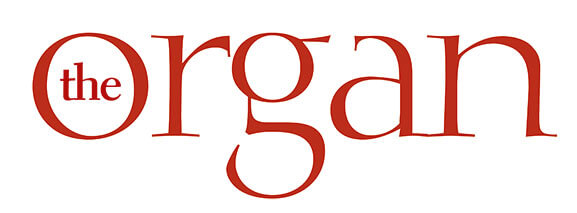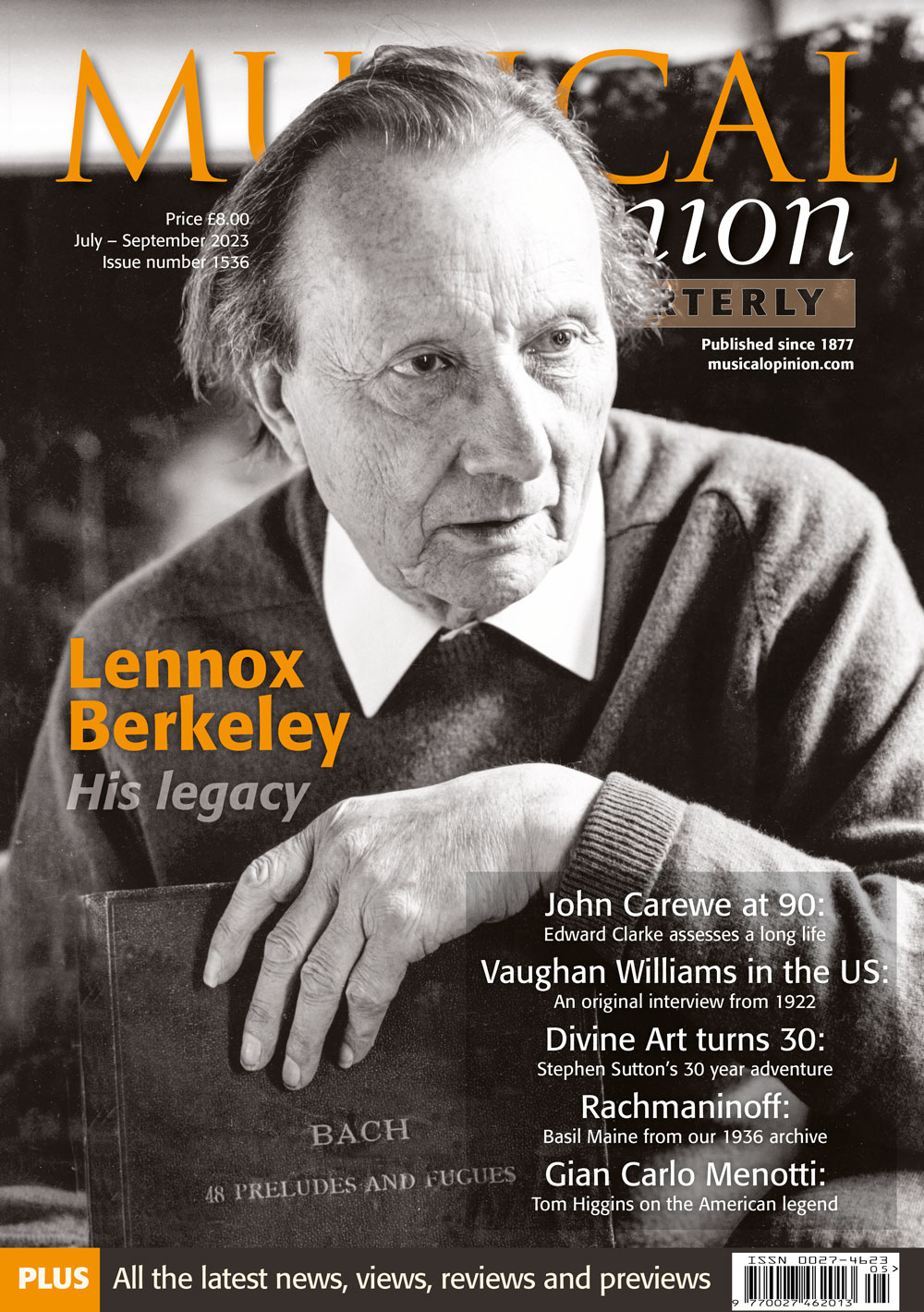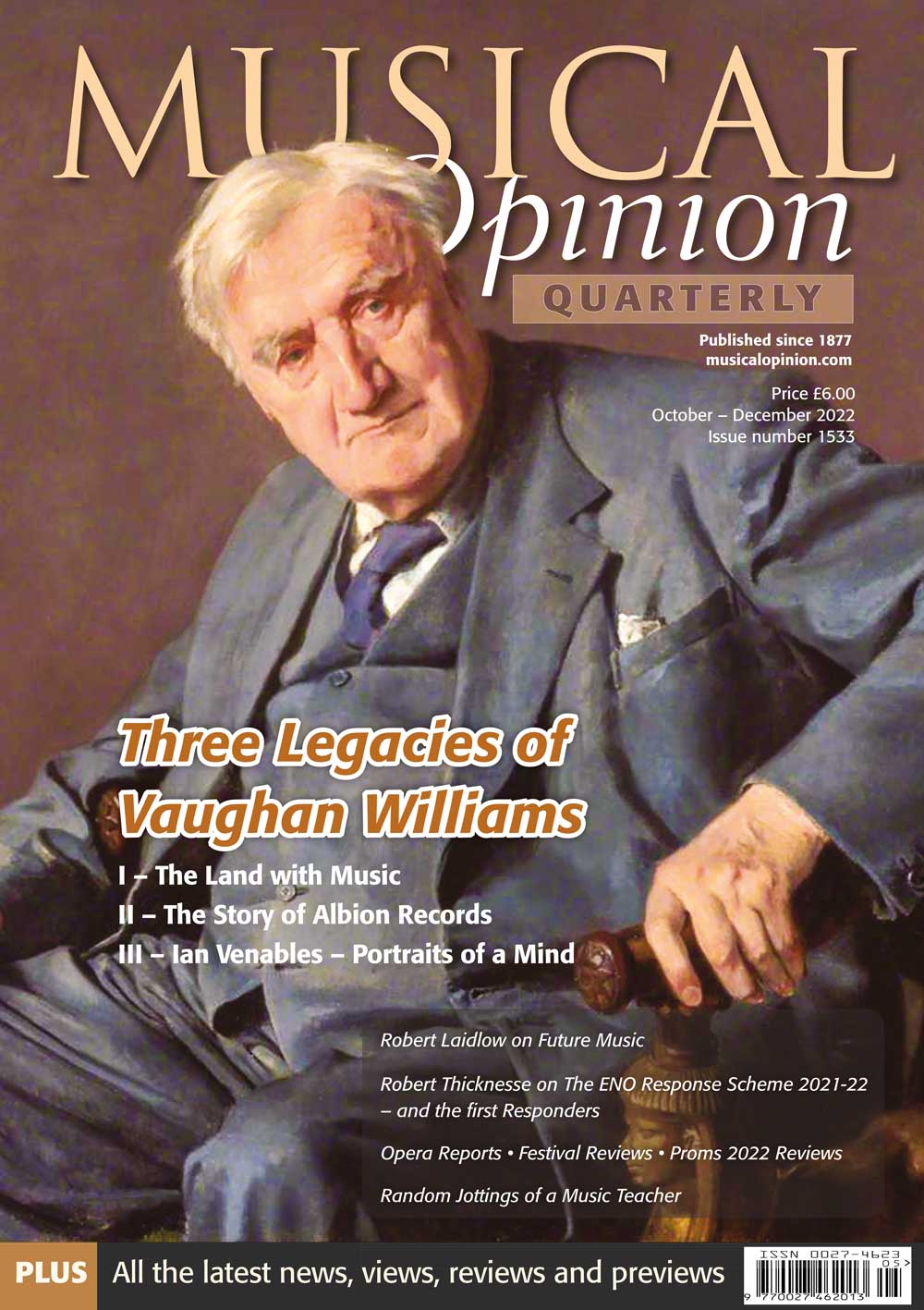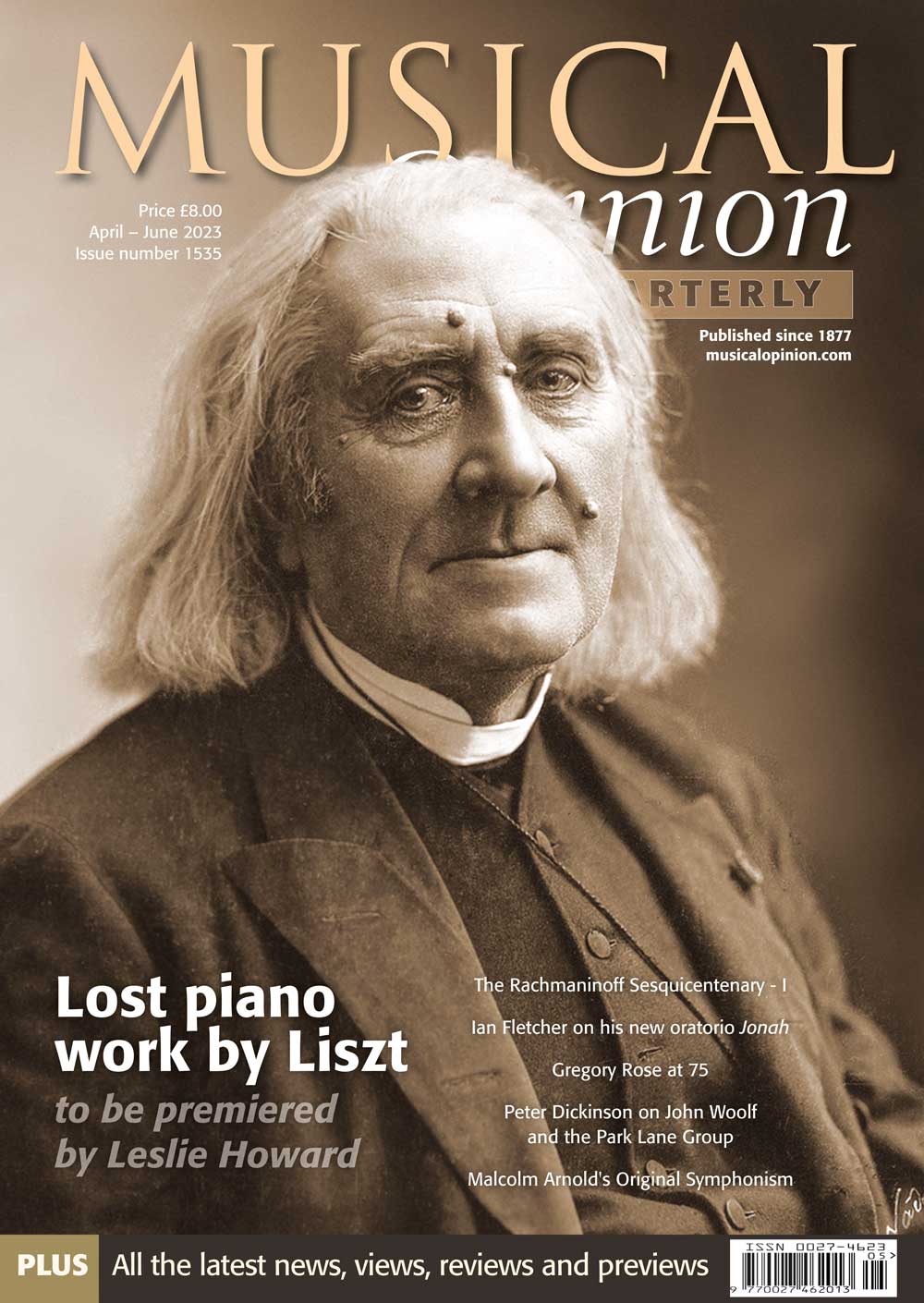Previous Issues
Autumn 2024. 410
Summer 2024. 409
Suite de Pièces pour Violon et Orgue
Spring 2024. 408
Winter 2024. 407
Autumn 2023. 406
Summer 2023. 405
Spring 2023. 404
Winter 2023. 403
Autumn 2022. 402
Summer 2022. 401
Spring 2021. 400
Winter 2021. 399
Autumn 2021. 398
Whilst staying at A4 size and 56 pages, the magazine has been completely redesigned with different fonts (more easy to read), bigger photopgraphs, more focus on things like specifications and more CD reviews of organ repertoire.
Summer 2021. 397
Winter 2021. 395
Spring 2021. 396
Autumn 2020. 394
Summer 2020. 393
Spring 2020. 392
Explore By Topic
Winter 2018-19. 386
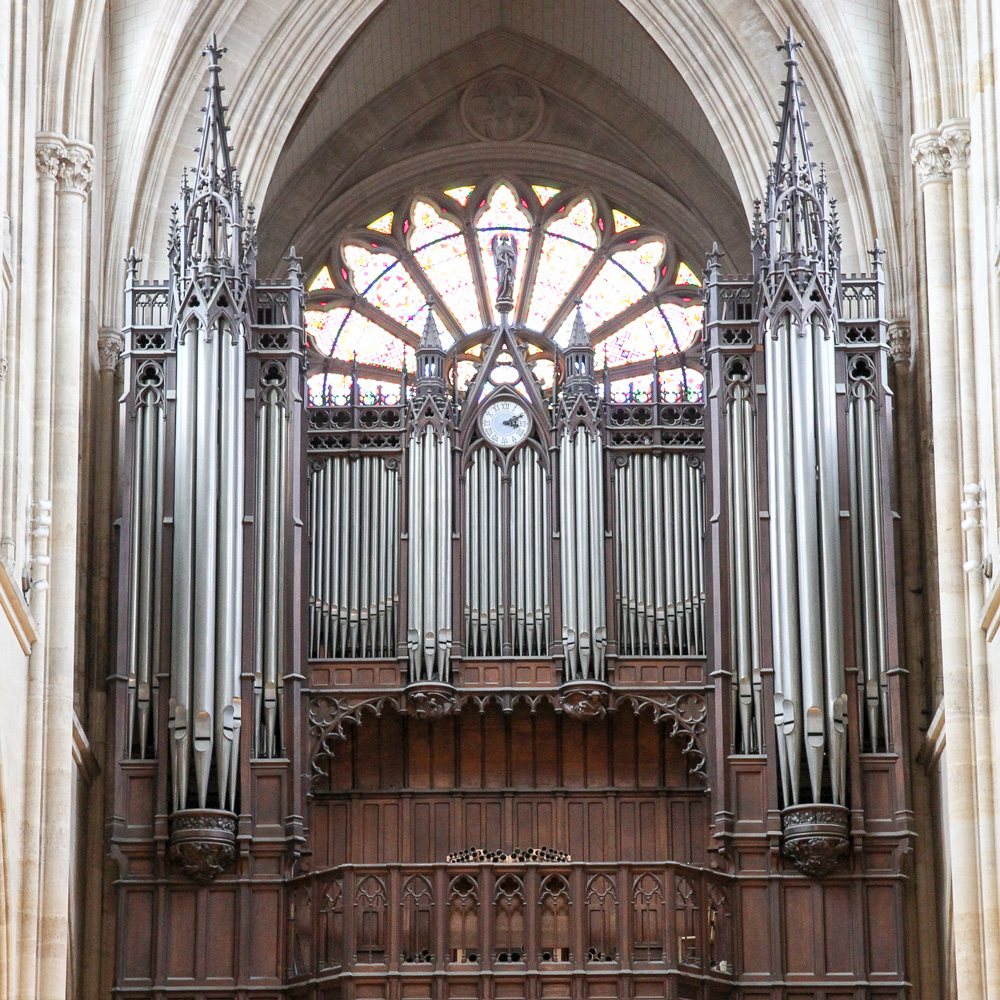
The French Symphonic Organs – instruments as inspiration for the performer
Michal Szostak
From the point of view of aesthetics, as a science dealing with the so-called aesthetic situation, inspiration is an inseparable element of the initial phase of the aesthetic situation, which includes the artist (creator), creative process, work of art, the recipient, the process of art perception and aesthetic values. Inspiration (from Latin noun ‘inspiratio’ = inspiration and Latin verb ‘inspirare’ = blow in) is an encouragement to action, especially in man’s creative work. It involves stimulating the creative process of the artist to perform a specific work of art. The opposite of inspiration is discouragement, demotivation, weakening the spirit. The phenomenon of inspiration (and “deinspiration”) can be considered as an ephemeral temporary situation (coincidence) and as a long-term process (e.g. an inspiring place).
From the point of view of the performer, sources (factors) that can be an inspiration I divide into external (objective) to the performer and internal (subjective) to the performer.
External sources of inspiration include: a) the instrument; b) interior acoustics; c) listeners (their number, their potential level of perception of a work of art); d) circumstances (concert, liturgical: great and solemn ceremony or modest morning service); e) history of the place and the characters with connected places; f) epoch-fashion-style; g) musical theme; h) musical form. WITH FULL SPECIFICATIONS
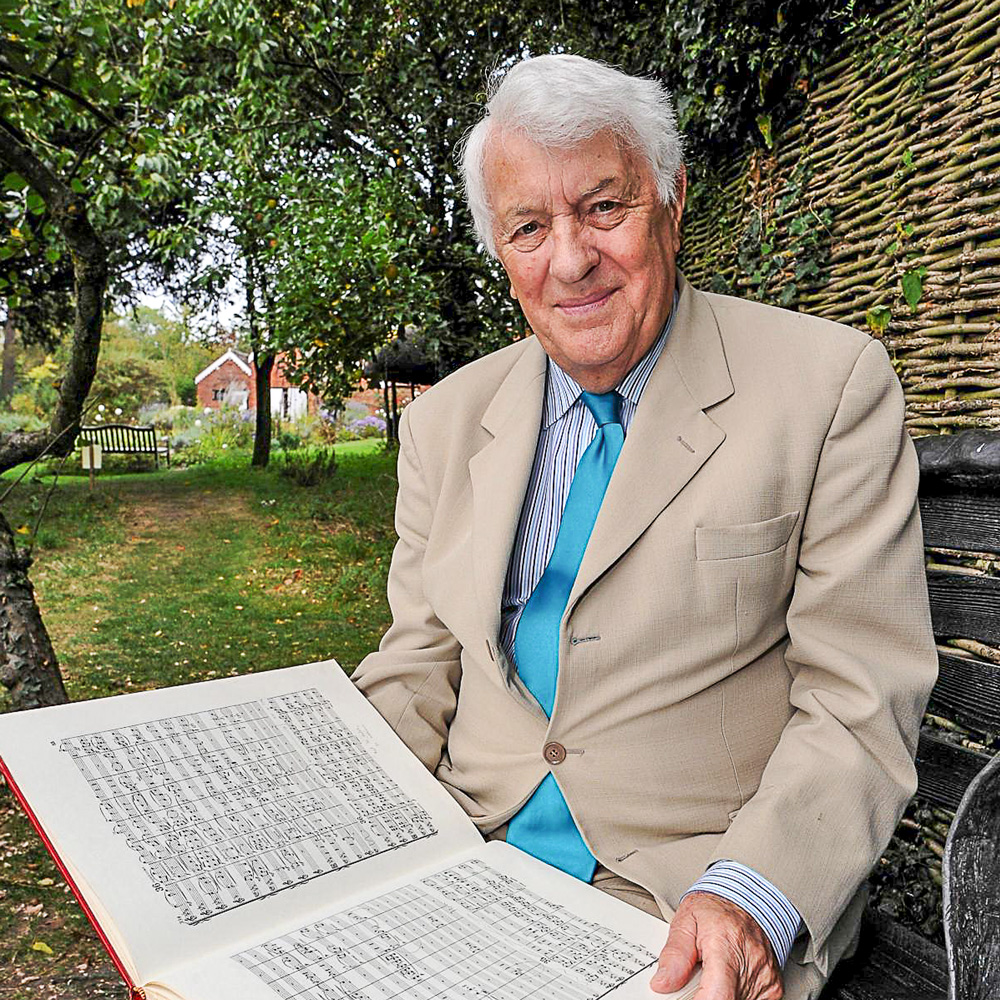
Dr Donald Hunt
Dr Brian Hick recalls a fine Elgarian
It seemed almost fitting that Donald Hunt, who spent so much of his life working with and for the Three Choirs Festival, should die on the last day of the 2018 celebrations, the Fourth of August. The concluding performance of Brahms’s German Requiem was dedicated to his memory, though it was for his many outstanding Elgar performances that he will be remembered across the three cathedral cities.
He had a direct link to Edward Elgar through his teacher and mentor Herbert Sumsion, who had been the composer’s close friend and musical confidant. “This is the way Elgar would do it,” Sumsion would say, quietly but confidently.
As Master of Choristers and Organist at Worcester Cathedral from 1975, he organised eight Three Choirs Festivals and was disappointed when retirement in 1996 meant he would no longer be able to use his many skills and sensitive experience performing Elgar at what many saw as the key Elgar meeting of the year. However his enthusiasm was not depleted and he moved on swiftly to become principal of the Elgar School of Music for a decade and then its musical adviser until 2010.
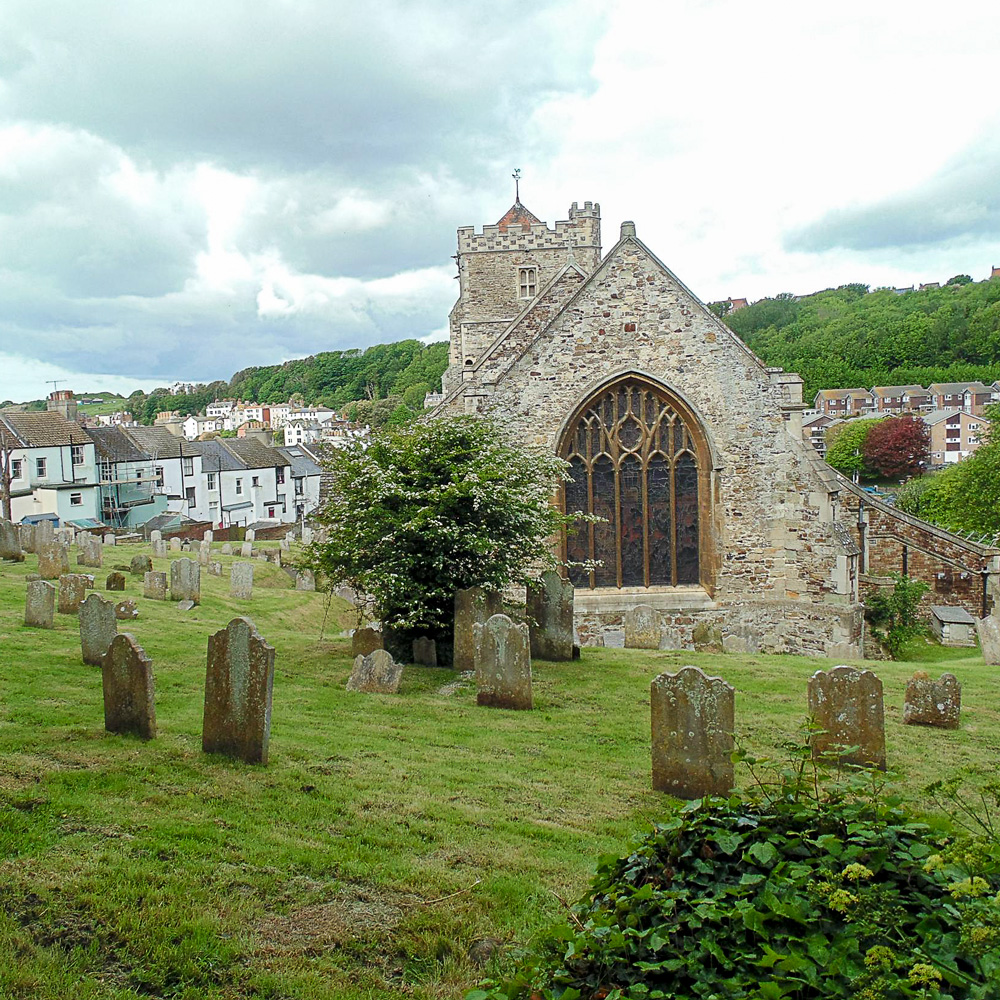
The Hastings Recitals - Thirtieth Series 2018
Patrick Cox-Smith
Hastings and its surrounding 1066 country is steeped in history with the annual All Saints organ recitals on the twenty-five speaking stop original Father Willis continuing to contribute to the legend. There are now so many stories of recitalists with distinctive memories of playing here on past occasions that a diminutive musical history could almost be written in its own right. On the opening night, the effervescent Daniel Moult added to these thoughts, regaling a large and enthusiastic audience with memories of his first Hastings recital performance as a sixteen-year-old student, having just sat his GCSE examinations, then in their infancy. Fast forward many years and a rapt gathering enjoyed a bright interpretation of the Bach/Liszt Cantata 21 Introduction and Fugue with the great chorus to mixture once again sparkling in the generous All Saints acoustics. Mozart and the popular K608 F minor Fantasia followed and was registered with variety, demonstrating the delicate eight ft. flutes contrasted with the bite of full organ that always seems to belie the relatively small resources of this instrument – it is hard to appreciate that a 16 ft. reed does not exist on manuals or pedals, such is the cohesiveness and depth of the full coupled chorus.
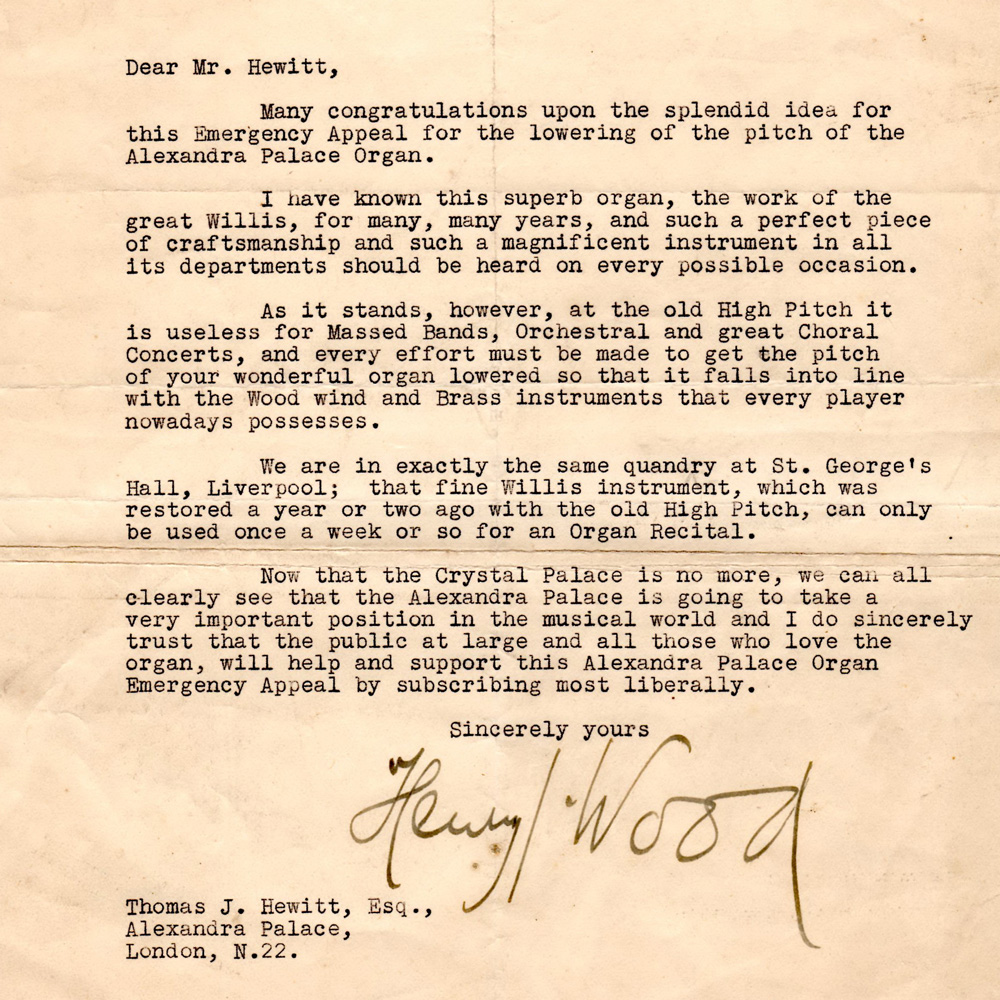
A Letter from Sir Henry Wood
We recently received the following email from one of our readers with the accompanying attachment. We are grateful to Mr Wyse for permission to publish his communication, and would welcome any further information or comments on the subject from readers.
To The Organ:
Some years ago, in an antiques centre, I came across a letter of July 1937 from Henry Wood to Thomas Hewitt in connection with the lowering of the pitch of the organ at Alexandra Palace.
I think it might be of interest to some of your readers, with its added references to the organ at St Georges Hall, Liverpool and the loss of the Crystal Palace.
The letter clearly highlights the problems of organ pitch vis-à-vis that of orchestral or brass band instruments and the consequent problems of combining them in performance.
I attach a copy of the letter.
Barrie Wyse
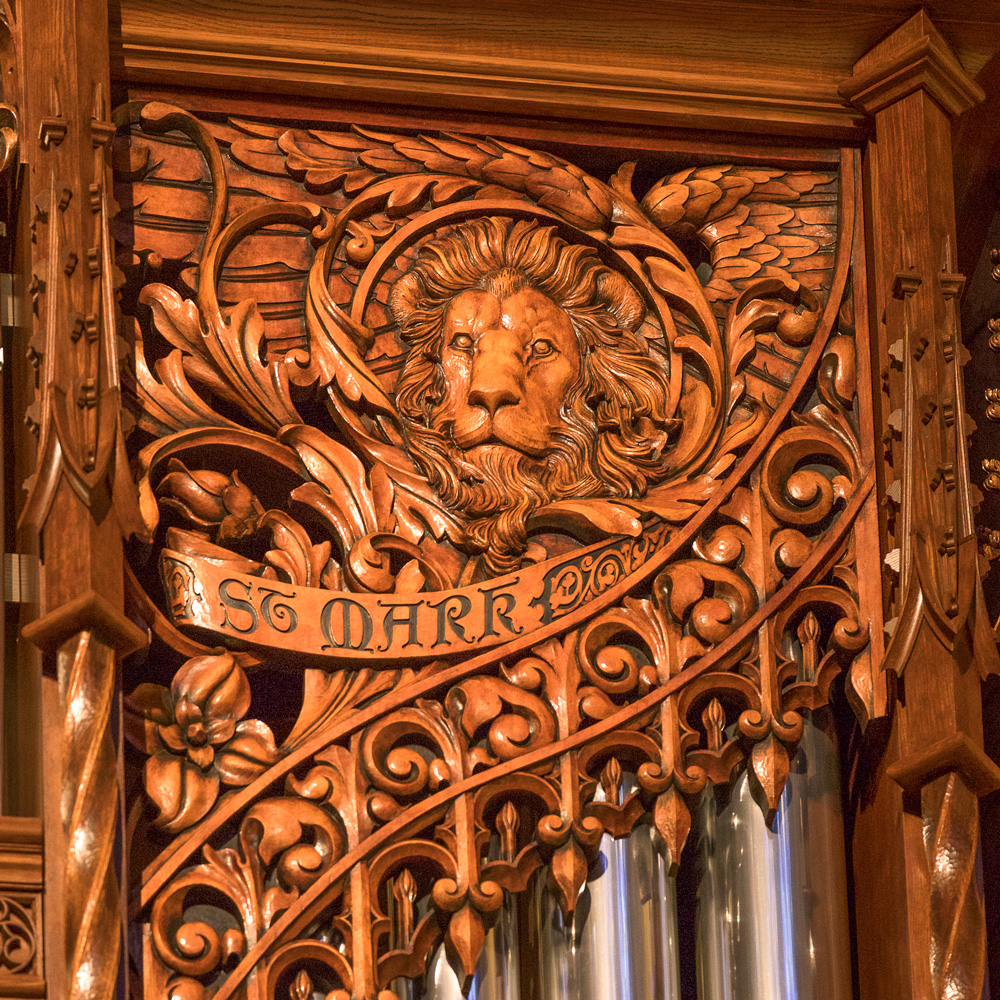
An Organ in Memory of John Scott
John Panning
The sudden death of John Scott, at the age of 59, was a grievous loss to church music on both sides of the Atlantic. At the time of his death he was organist and choirmaster of St Thomas’ Church on Fifth Avenue in New York, whilst maintaining an active career as an international concert performer and recording artist. The recently-completed Miller-Scott Dobson organ in the Church has been named in his honour, and we are pleased to publish this background account of the instrument, by the Vice-President and Tondal Director of Dobson Pipe Organ Builders, in tribute to an artist acclaimed as “the premier English organist of his generation.”
Lovers of church music have long made St Thomas’s Church Fifth Avenue, in Manhattan’s Midtown, a place of pilgrimage. Within its landmark Gothic Revival walls, the parish has forged a unique musical perspective, combining a high Anglican choral tradition with organs of French inspiration, a musical practice that strongly informed the tonal design of the Miller-Scott Dobson recently completed Opus 93. WITH FULL SPECIFICATION
